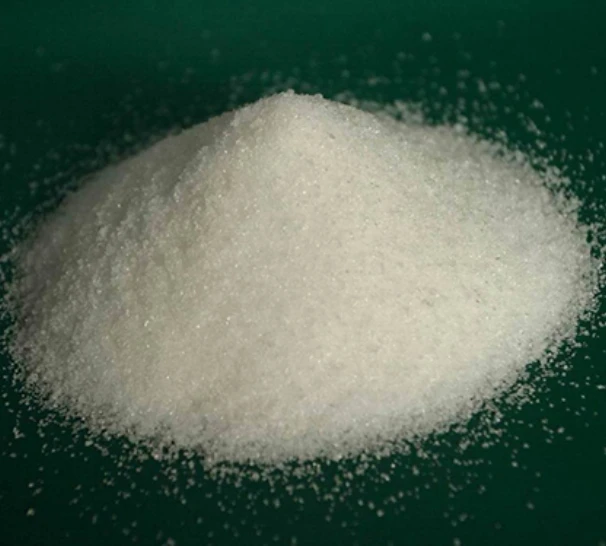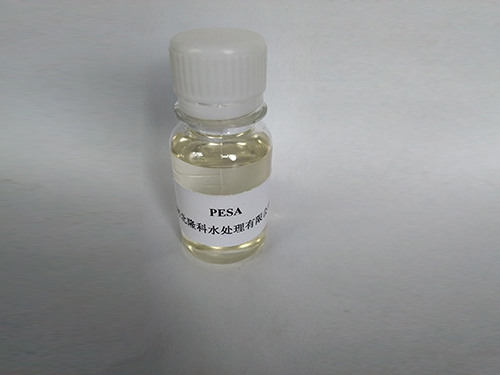2 月 . 15, 2025 10:14
Back to list
different types of flocculants
Flocculants play a pivotal role in wastewater treatment, mining, and various industrial processes. Their primary function is to aggregate suspended particles into a larger mass, or floc, making it easier to remove these from liquids. Understanding the different types of flocculants can help industries optimize their processes, reduce costs, and enhance environmental compliance.
4. Hybrid Flocculants The innovative use of hybrid flocculants combines the benefits of inorganic, organic, and natural components, providing tailored solutions adaptable to challenging conditions. Such amalgamations improve performance across diverse pH levels, enhance reaction speed, and reduce dosages necessary for effective flocculation. These hybrids are particularly beneficial in highly complex industrial wastewater scenarios, helping balance efficiency with environmental stewardship. 5. Electrolytic Flocculants Though less conventional, electrolytic flocculation involves applying an electric field to influence particle agglomeration and it presents a chemical-free alternative. This method necessitates a sophisticated setup and operational expertise but is favored in sectors requiring minimal chemical addition, such as food processing and pharmaceuticals, where purity is paramount. Best Practices and Considerations Selecting the right type of flocculant involves understanding the specific characteristics of the particles being treated, including their size, charge, and the pH of the medium. Furthermore, pilot testing on a small scale is recommended to evaluate the performance and potential side effects, such as alterations in water chemistry or formation of secondary pollutants. Regular monitoring and optimization are crucial to maintaining efficient operations while minimizing the treatment costs and environmental footprint. Collaborating with suppliers to develop customized formulations often results in enhanced treatment efficiencies and cost savings. Conclusion The landscape of flocculants is rich with options tailored to fit various industrial needs and compliance standards. By advancing towards more sustainable and efficient treatment solutions, industries can significantly minimize environmental impacts while optimizing their operations. Navigating this landscape requires not just an understanding of chemical functions but also a commitment to ongoing research, adaptation, and innovation. With developments in green chemistry and hybrid technologies, the future of flocculants holds promise for even greater efficiency and eco-friendliness.


4. Hybrid Flocculants The innovative use of hybrid flocculants combines the benefits of inorganic, organic, and natural components, providing tailored solutions adaptable to challenging conditions. Such amalgamations improve performance across diverse pH levels, enhance reaction speed, and reduce dosages necessary for effective flocculation. These hybrids are particularly beneficial in highly complex industrial wastewater scenarios, helping balance efficiency with environmental stewardship. 5. Electrolytic Flocculants Though less conventional, electrolytic flocculation involves applying an electric field to influence particle agglomeration and it presents a chemical-free alternative. This method necessitates a sophisticated setup and operational expertise but is favored in sectors requiring minimal chemical addition, such as food processing and pharmaceuticals, where purity is paramount. Best Practices and Considerations Selecting the right type of flocculant involves understanding the specific characteristics of the particles being treated, including their size, charge, and the pH of the medium. Furthermore, pilot testing on a small scale is recommended to evaluate the performance and potential side effects, such as alterations in water chemistry or formation of secondary pollutants. Regular monitoring and optimization are crucial to maintaining efficient operations while minimizing the treatment costs and environmental footprint. Collaborating with suppliers to develop customized formulations often results in enhanced treatment efficiencies and cost savings. Conclusion The landscape of flocculants is rich with options tailored to fit various industrial needs and compliance standards. By advancing towards more sustainable and efficient treatment solutions, industries can significantly minimize environmental impacts while optimizing their operations. Navigating this landscape requires not just an understanding of chemical functions but also a commitment to ongoing research, adaptation, and innovation. With developments in green chemistry and hybrid technologies, the future of flocculants holds promise for even greater efficiency and eco-friendliness.
Share
Next:
Latest news
-
The Ultimate Guide to Flocculants: Transforming Water TreatmentNewsNov.01,2024
-
Improve Your Water Treatment Solutions with PolyacrylamideNewsNov.01,2024
-
Enhance Your Water TreatmentNewsNov.01,2024
-
Empower You to Achieve the Highest Standards of Water QualityNewsNov.01,2024
-
Effective Scale InhibitorsNewsNov.01,2024
-
Discover the Power of Poly Aluminum Chloride in Water TreatmentNewsNov.01,2024





